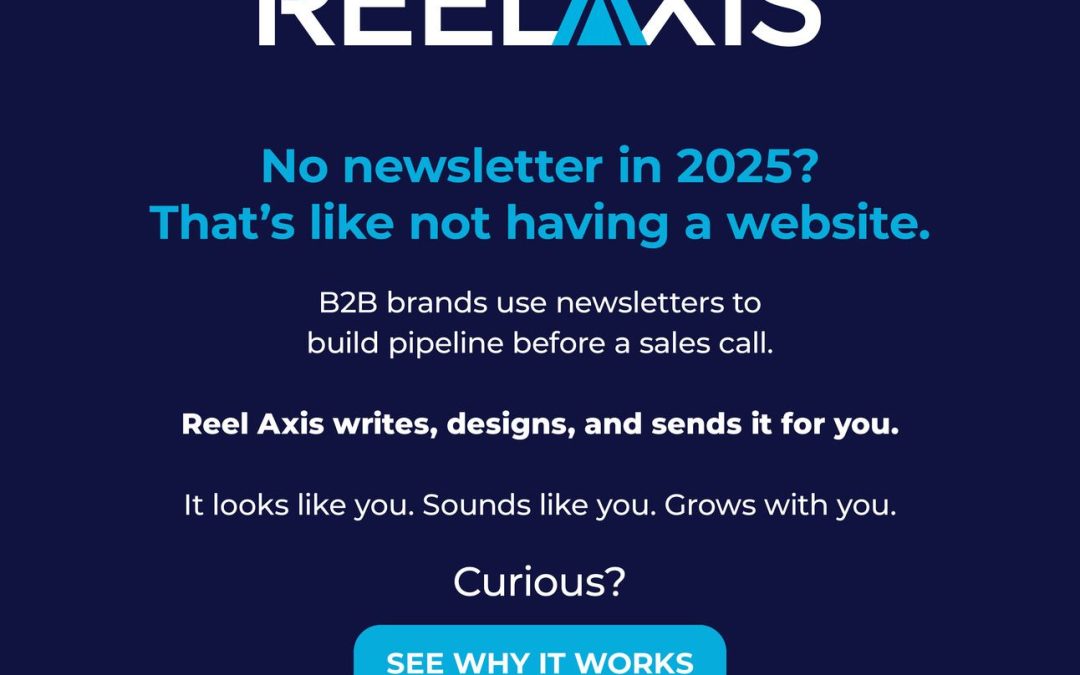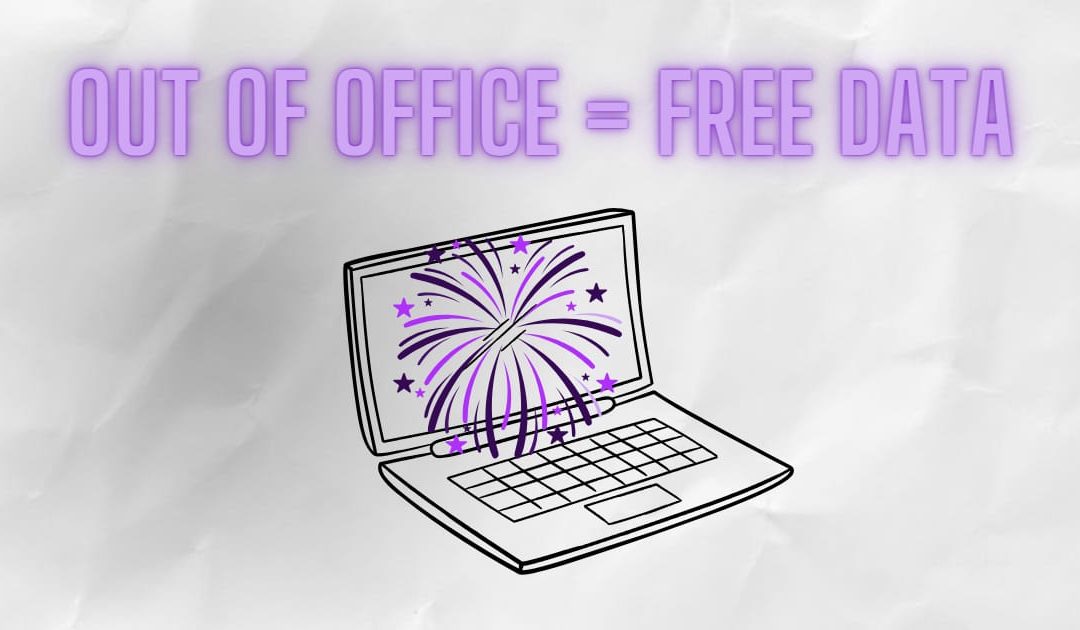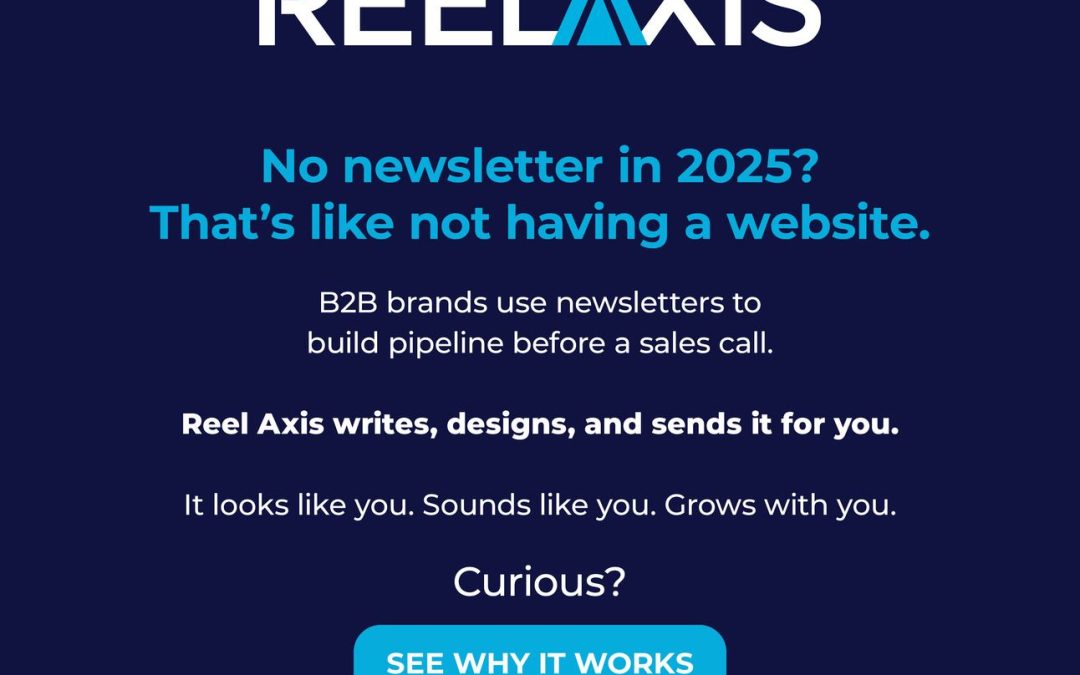You clicked on this article because you’re wondering if brand consistency matters for your business and, if so, what steps you need to take to make it happen.
Inside, you’ll learn:
- What brand consistency is and why (yes) it matters
- The 8 ways consistency benefits your business
- 9 steps to take to keep your brand consistent everywhere
By the end, you’ll be ready to whip up a brand strategy that increases your revenue and cements you in the minds of the general public for years to come.
Let’s start with the basics:
What is Brand Consistency?
Before we dive into brand consistency, we need to talk about branding.
Your brand is your reputation. It’s the image that people have of you.
But, contrary to popular belief, it’s not your logo and color palette (though those are part of it).
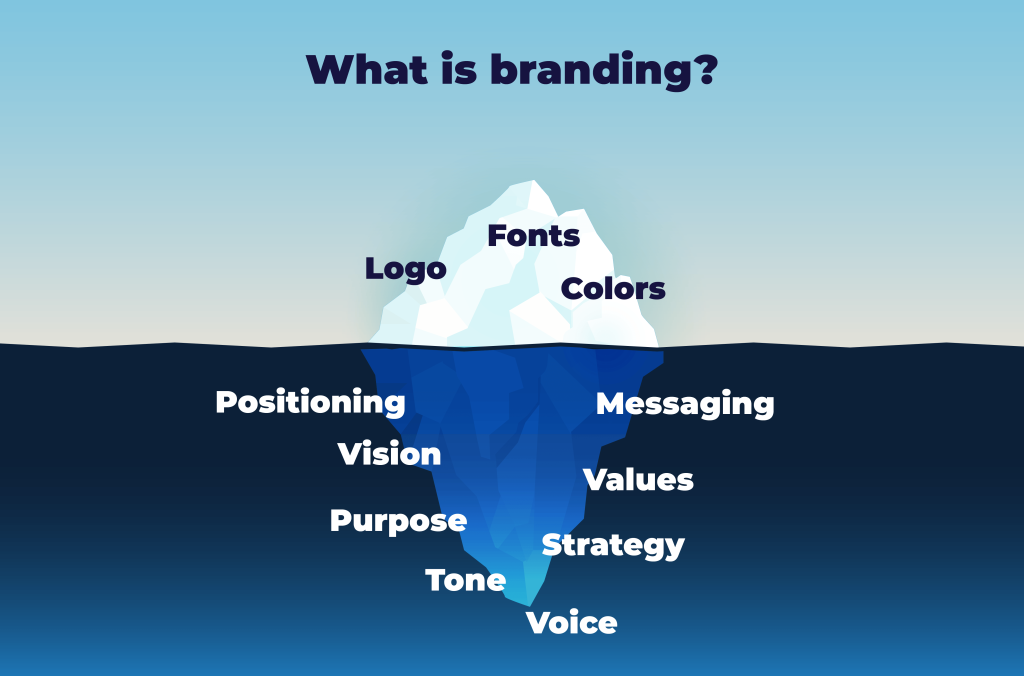
Your brand is the image that pops up in people’s mind when they think about your business. It’s the feeling you inspire in them.
And how do people learn about your brand? By interacting with it, whether by reading your content, doing business with you, or hearing about you from other people.
Brand consistency, then, is keeping all the facets of your brand consistent, so anytime people interact with you, on any platform, or from any source, they get the same exact experience.
And this is a crucial part of B2B marketing.
Why Does Brand Consistency Matter?
Think of your best friend. You love them because you can trust them. You know them, and they’re always honest with you.
But what if, one day, they were mean to you for absolutely no reason? Or they started dressing differently and acting differently toward you?
You’d probably find yourself questioning your relationship.
And it’s the same with your business. You build trust with your customers when you’re always the same, no matter where they see you.
Whether they see your posts on social media, call into customer service, or buy your latest product, they expect you to be the same every time.
That means that everything you do and say must line up—from your brand visuals to your content to how your employees talk and interact with your customers.
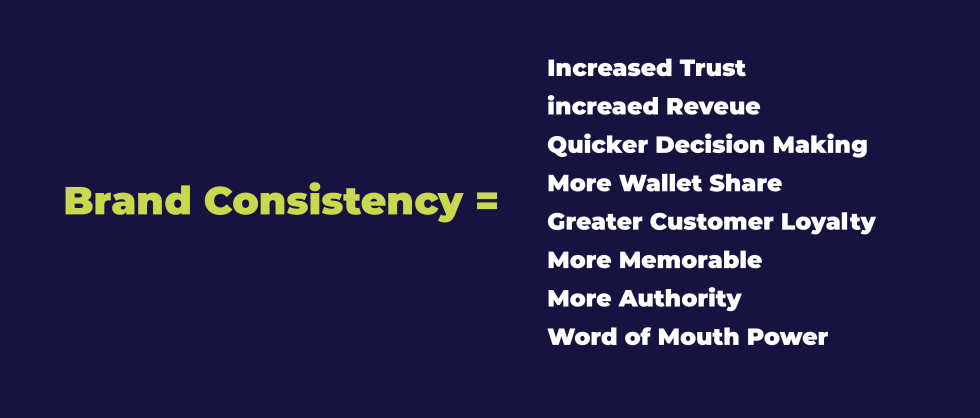
So the first benefit of brand consistency is trust. And that’s important, because a study by Sprout reported that 58% of consumers choose specific brands to buy from because they trust them (source).
The second benefit is increased revenue. In 2021, 68% of businesses said that brand consistency had contributed to at least 10% of their revenue growth over the previous year (source).
Now for some more benefits:
More Benefits of Brand Consistency
- Quicker Decision Making – When people trust your brand, they can make a faster decision to buy from you.
- Customers Willing to Spend More Money – Not only will they purchase from you, but they’ll be willing to invest more.
- Greater Customer Loyalty – 62% of consumers will stay loyal to brands they trust (source).
- Become More Memorable – When you’re consistent, you become easy to remember.
- Stand Out as an Authority – When people trust your brand, they also trust your viewpoint. People begin to see you as an authority in your field.
- Customers Will Spread the Word – 51% of consumers will advocate for a brand they trust, and 43% will even defend one (source).
9 Ways to Ensure Brand Consistency for Your Business
#1 – Define Your Brand Mission and Values
You need to know your values to stay consistent over time. And your customers want to know where you stand.
Defining your brand mission—your overall direction, or how you want to make the world a better place—and brand values—what you believe in, what you do and don’t do—will make that easier.
(These days, this goes beyond the walls of your business—53% of consumers think every brand should be involved in at least one social issue [source].)
#2 – Understand Your Brand Positioning
Besides setting your brand values, you must understand your position in the market and how your customers see you to stay strong over the long term.
Are you the fun-loving brand that brings a whimsical vibe to a traditionally stuffy industry? Are you the long-standing business that’s been around for a century and can be trusted more than the new guys?
You’ll see some examples of this in the next section, where we look at some brands that have won the brand consistency game.
(By the way, this is why businesses hire marketing agencies—because getting this part right is crucial if you want longevity in your industry.)
#3 – Create Branding Guidelines
This document outlines everything you and your employees need to know to stay consistent.
From design guidelines like how to use your logo to how employees should interact with customers over the phone and everything in between, this manual will take the guesswork out of staying consistent across all channels.
#4 – Get Employee Buy-In
Brand consistency can’t be forced onto your business. You can’t paint a logo on a building and call it a day.
Until the people in your business agree with and embody your brand values and behaviors, you won’t be truly consistent.
This requires conversation, working together with your employees to create a brand that you’re all proud of carrying together, and deciding what that looks like for your everyone’s day-to-day work and customer interactions.
#5 – Obsess Over Product Quality
Don’t forget about your products—they’re the most essential part of your brand.
85% of global consumers buy from brands that consistently offer the best quality within their category. This was the most popular deciding factor in a recent study (source).
A good brand on a bad product won’t last long, but an excellent product with non-existent branding can still push through and win its users’ love.
#6 – Provide Excellent Customer Service
Most people first interact with your business (apart from seeing your content or buying your product) when they call your customer helpline with a problem.
That’s why you’ve got to ensure your customer service experience not only follows your brand values to a tee, but that you can provide a positive experience for your customers every time.
#7 – Create a Consistent Visual Design
Ah, now we’ve come to the part that most people think of first when they think of branding.
It goes without saying that your visuals need to be consistent. Your logo, brand colors, fonts, and themes within your designs and images should align with your visual direction and core brand values.
Yet so many people skip the brand positioning, customer experience, employee buy-in, and all the core parts of creating a consistent brand and simply slap a cool logo on their website. (Don’t be like those businesses.)
#8 – Define a Brand Voice and Style
The words you say and how you say them also factor into your brand image.
Your brand positioning, personality, and values will help you decide the voice and tone you want to follow in your written and spoken content across all platforms. It’ll also help you decide what topics you talk about and which you ignore.
With this, you’ll be able to stay consistent and repeat the same message across all platforms and channels. And here’s an encouraging statistic: After engaging with a brand message on 6 different channels, 87% of consumers had strong trust in the statement (source).
#9 – Get Others to Share Your Message
Finally, you’ve got to employ the help of people outside your organization. Whether it’s a customer who loves your products or influential people in your industry, you can empower them to understand your brand and communicate it to others in your place.
It’s one thing to hear about a brand from the brand itself, but it’s quite another thing to hear it from a person you trust.
Businesses That Are Winning the Brand Consistency Game
When you think of fast cars, which brand comes to mind? For many people, that’s Ferrari.
Ferrari embodies ideas like fast, sexy, luxurious, and exciting. They know what they stand for and reject anything that doesn’t follow “The Ferrari Way.”

They aren’t afraid to sacrifice a little bit of speed for a more luxurious-feeling leather or replace a set of aerodynamic wheels with better-looking, yet slightly slower ones.
Ferrari isn’t building a product line for soccer moms. That’s not their thing. And so we’ve come to remember Ferrari for what they stand for.
Another example is Tom’s Shoes. What catapulted them into popularity was their intense focus on making the world a better place.

Most people know Tom’s One to One® model, in which the brand donated a pair of shoes for every pair purchased. And while they’ve since changed their policy and now donate a third of profits instead, Tom’s has become synonymous with clothing that’s much more than just fashion.
It’s familiar, never haughty or high-fashion, and feels like a friend instead of a luxury brand.
Finally, we can’t finish this article without mentioning the ubiquitous McDonald’s and Starbucks brands. Whether you’re passing time in a small town in Kentucky or escaping the crowds in central Tokyo, you’ll find the same experience inside both of these establishments.
Love ‘em or hate ‘em, these brands have perfected their brands into an exact science. Just one glimpse of the mermaid logo or a couple notes of a McDonald’s jingle, and the names come to mind.
What does this mean for your business? If you can nail brand consistency, you can also grow faster, earn more customer loyalty, and cement your business into the minds of the general public for years to come.
What if a Brand Needs to Change?
What if your business needs to change its branding? How can you navigate a change while staying consistent?
In this case, communication is key.
Any changes in an established brand must make sense to your customer base. They should represent an evolution in your business, a new part of your journey, and a positive step forward for you and your customers.
Don’t follow the example of Gap, who changed up their iconic branding without warning in 2010, then changed it back after just 6 days when customers revolted.
Customers are happy to welcome a new change if they feel excited about it and feel like they’re in the loop.
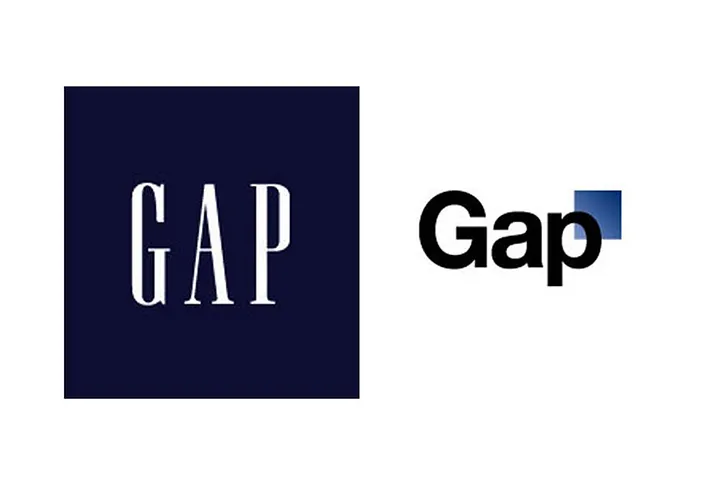
Conclusion
TLDR:
- Brand consistency means keeping all facets of your brand the same—so every time someone interacts with your brand, they get the same experience
- Having a consistent brand brings a bunch of benefits like more trust and increased revenue (we explained all 8 benefits above)
- Creating a consistent brand starts from the inside, with a solid brand strategy and employee buy-in, then moves outward (with things like logos, content, and customer service)—We covered 9 steps you can take to create brand consistency
- You can learn from examples like Ferrari, Tom’s Shoes, McDonald’s, and Starbucks (and learn from Gap’s mistakes)
Want to ask an expert about your brand positioning and strategy? Drop us a line to see how we can help.


